Malaysia business

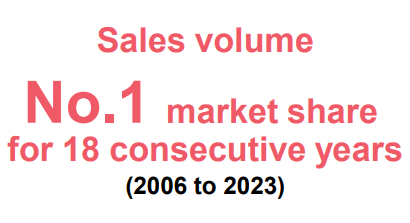
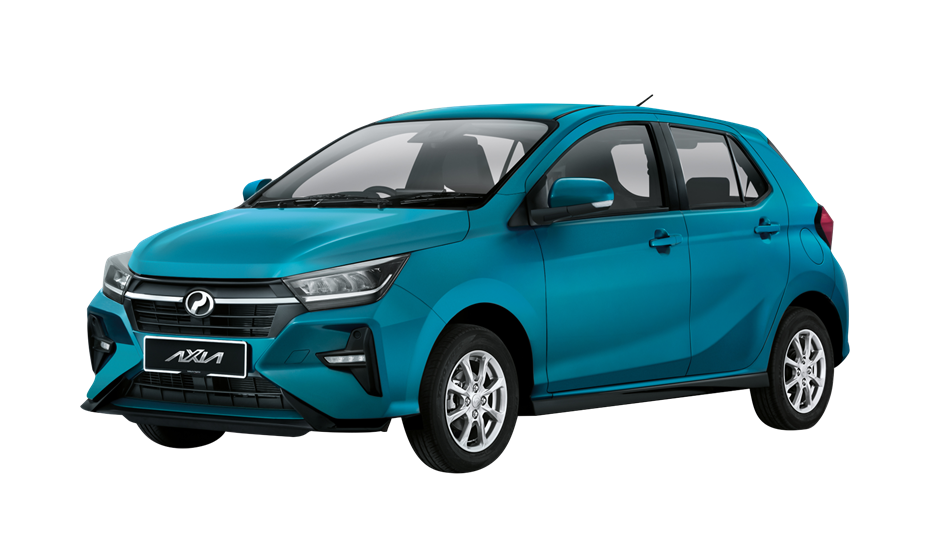 Compact hatchback "AXIA"
Compact hatchback "AXIA"
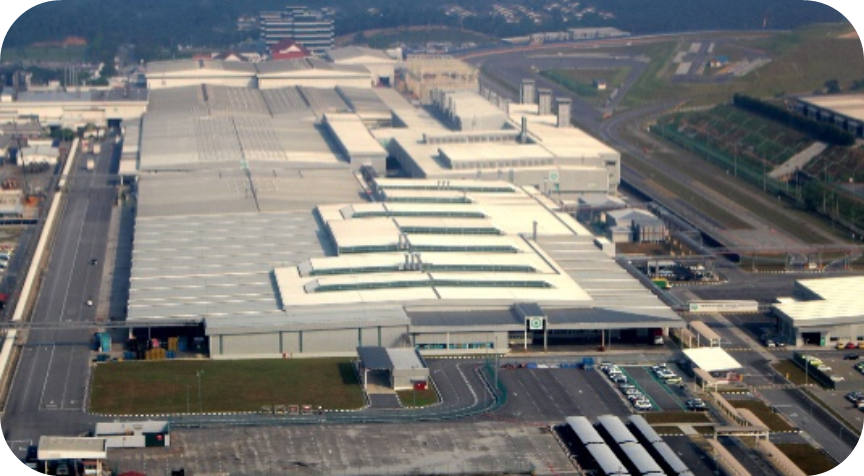 PGMSB plant
PGMSB plant
Main Initiatives
■Participated in the Second National Car Project since the 1990s
The Malaysian government has been promoting the National Car Project since the 1980s to popularize high-quality and affordable domestic cars. In the 1990s, consideration began for establishing a national car manufacturer that would produce smaller, more affordable cars to accelerate the spread of car ownership. Daihatsu participated in the Second National Car Project, following a proposal from then-Prime Minister Mahathir. This resulted in the establishment of Perodua. This resulted in the establishment of Perodua. The first product was the “Kancil ," which launched in 1993. It was a model exclusive to Malaysia based on the Daihatsu “Mira” mini vehicle. The word “kancil” means “mouse-deer” in Malay, and the model was designed to convey an image of being smart, cute, and agile. At the time, Malaysia was entering a period of motorization, so sales of the “Kancil” started strong. In addition, Perodua's plant introduced Daihatsu's expertise into its production lines and workplace management, aiming for high efficiency and low costs.
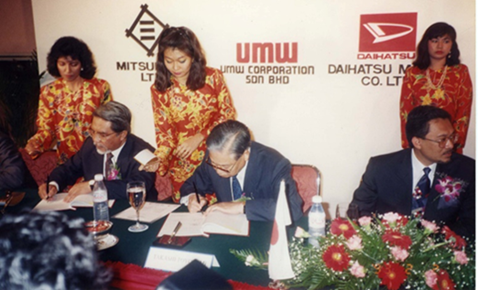 Signing ceremony
Signing ceremony
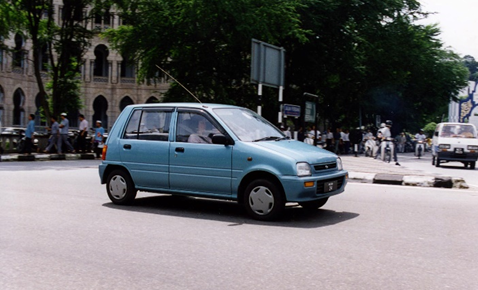 The first generation "Kancil "
The first generation "Kancil "
■Structural reforms to strengthen competitiveness
Perodua cars have been well received for their affordable prices and high quality. This is exemplified by the success of the “MYVI,” a compact car launched in 2005. In 2006, Perodua gained the top share of the Malaysian market and has continued to grow. In the 2010s, Perodua began structural reforms to strengthen its international competitiveness in anticipation of market liberalization and other changes. This was symbolized by the new company, Perodua Global Manufacturing Sdn. Bhd. Perodua introduced Daihatsu's “Simple, Slim, Compact (SSC)” concept and production technology at the new plant. It also focused on developing local human resources by hiring new local staff and providing them with on-the-job training at Daihatsu plants in Japan among other measures. In terms of products, Perodua was quick to respond to the Energy Efficient Vehicle (EEV) policy, an eco-car policy. It launched the new compact car “AXIA” in 2014, which was the first step in structural reforms. The new car adopted the low fuel consumption and low cost technology and expertise of the “Mira e:S” in Japan. Its sales far exceeded expectations. Furthermore, the “BEZZA,” a new genre of compact sedan, was released in 2016 as the second step in structural reforms. It is equipped with an engine produced at the new engine plant, Daihatsu Perodua Engine Manufacturing Sdn. Bhd. In addition to expanding local production, such as the development of upper bodies being carried out at Perodua, Daihatsu is also strengthening its development capabilities.
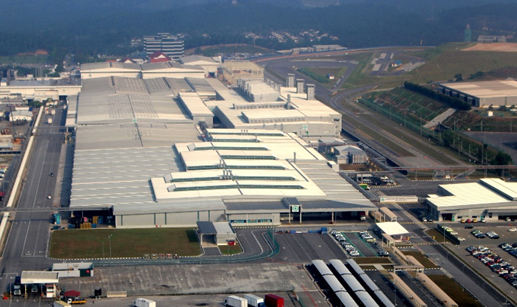 A new company, Perodua Global Manufacturing Sdn. Bhd.
A new company, Perodua Global Manufacturing Sdn. Bhd.
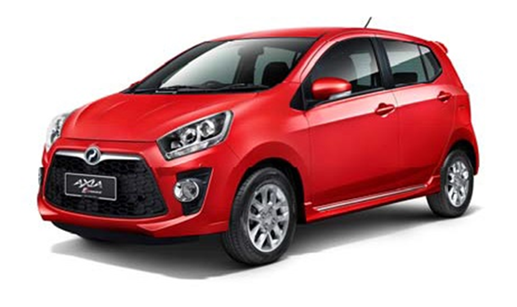 EEV (Energy Efficient Vehicle) Policy Part 1
EEV (Energy Efficient Vehicle) Policy Part 1
The first generation "Asia"